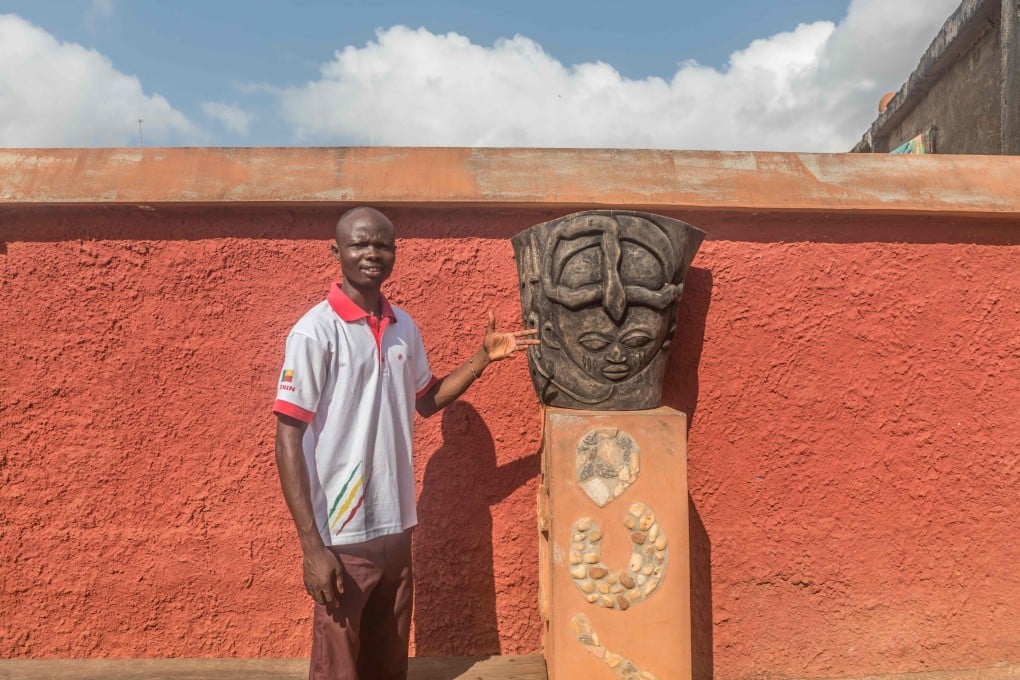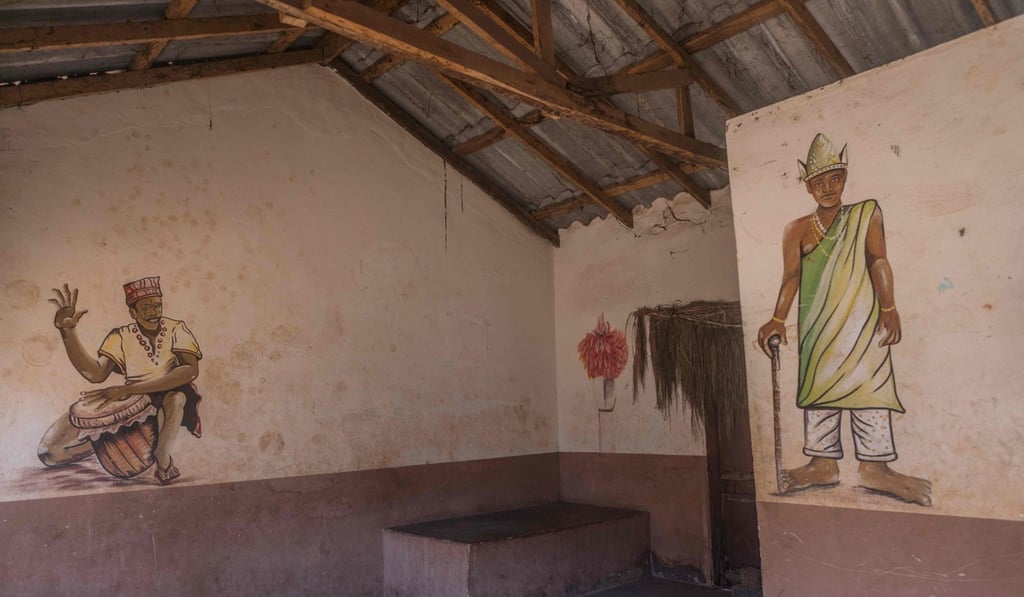Voodoo makes a welcome comeback in its home, Benin, after centuries of repression and misrepresentation
- Suppressed during colonial times and demonised by Catholic missionaries, West African voodoo – or vodun – is finally having its day
- Vodun squares, built in the 16th and 17th centuries in the capital Porto-Novo, are being renovated with grants from a town near Paris

In his long life, voodoo priest Kpohinto Medji has seen his religion flourish then decline, banned for years by the authorities and pressured by other faiths. Today, the ageing priest with mischievous eyes is somewhat happier.
Benin is gearing for its annual voodoo festival – an event that lures an influx of visitors to the capital Porto-Novo and underscores voodoo’s comeback in the country of its birth.
Houngo Hounto Square is among a number of squares, once owned by voodoo worshipping families, that are being renovated. Painters have been putting the finishing touches to its ochre walls ahead of thefestival, and fetishes and tokens of the old religion are proudly on display.
“Before, it was a run-down, abandoned square,” the old priest said, speaking in the local language of Goun. “Today, it’s lovely.”
